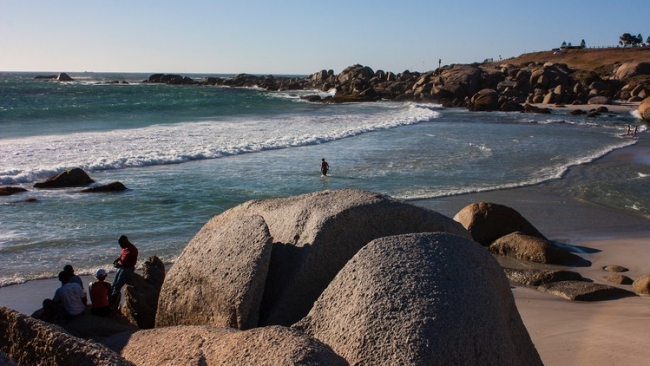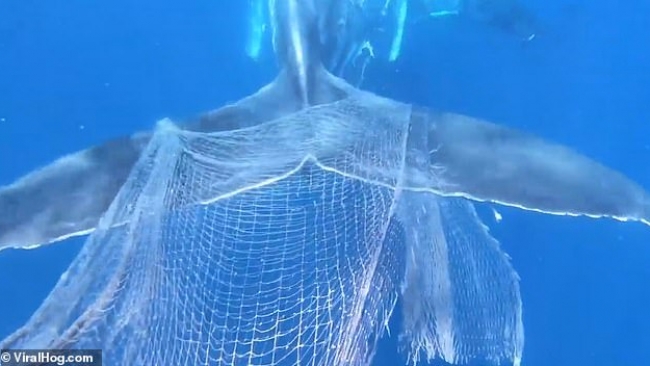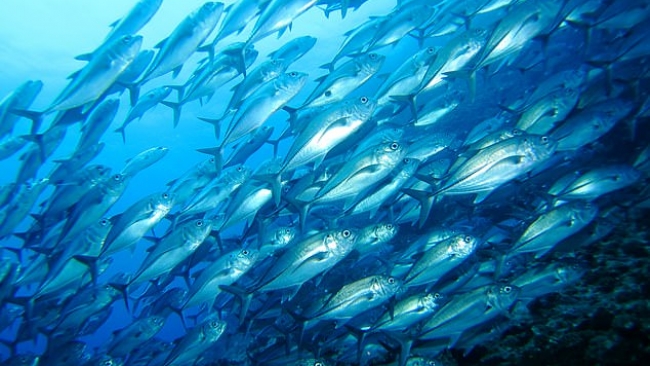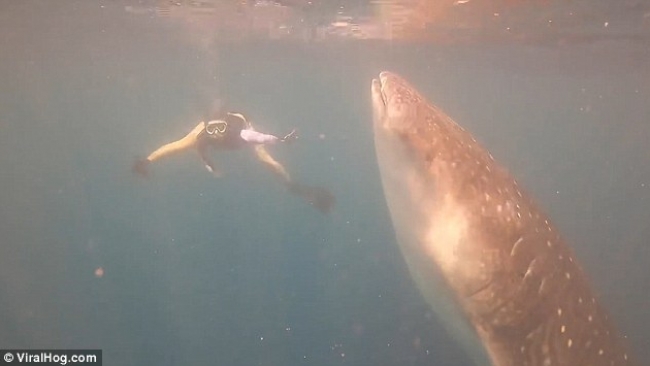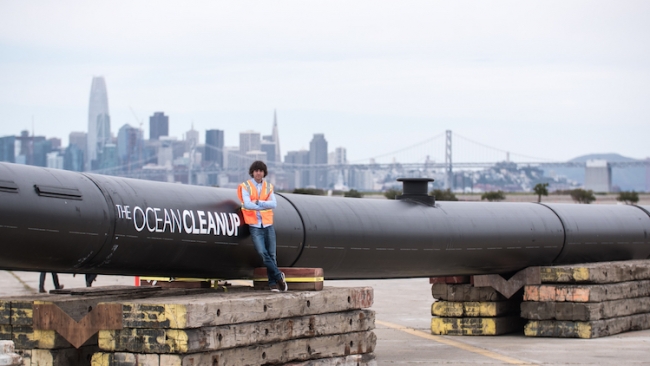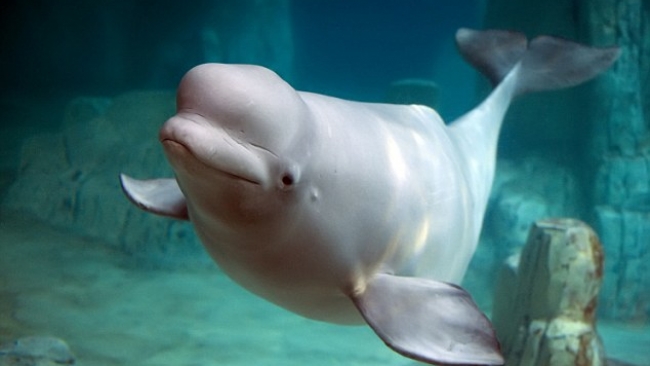Trace metals in the atmosphere have a hefty impact on marine life, according to a new paper
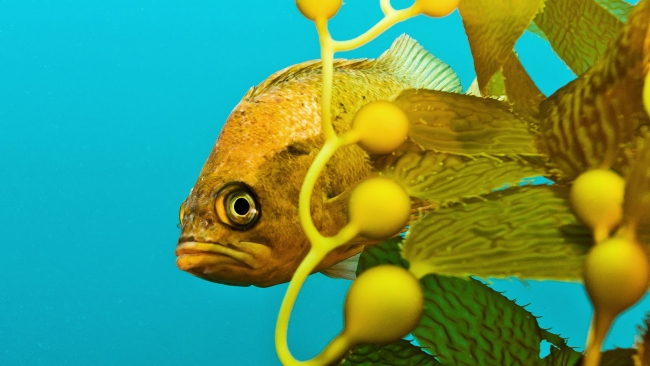
The sources of these aerosol particles include volcanoes, wildfires, and desert dust, and the burning of fossil fuels. After being spewed up and undergoing chemical reactions in the atmosphere, they often make their way to remote ocean regions via precipitation or dry deposition.
“In a pollution event or a dust storm, and even in these faraway places, atmospheric deposition can be the most important source of new metals,” says lead author Natalie Mahowald, a professor of engineering at Cornell University and faculty director for the environment at the Atkinson Center for a Sustainable Future.
Some metals are insoluble and drop to the ocean floor, while various biota—”the little guys,” in Mahowald’s words—like phytoplankton and bacteria, which make up 80 percent of marine life and act as circulators of oxygen and nutrients throughout the ecosystem, take up others.
“If you change the ecosystem structure at this scale—this is where all the productivity occurs—it will cascade up and impact the fish and the animals we see more easily,” Mahowald says.
While previous research focused on the pivotal role of iron in the oceans, Mahowald and her team examined the effects of iron and other metals, including aluminum, manganese, zinc, lead, copper, nickel, cobalt, and cadmium.
Many of these metals, such as copper, can be toxic pollutants, but the researchers found that the metals sometimes function as nutrients, depending on how, where, and with what they mix.
Grants from the Department of Energy and the National Science Foundation, as well as support from the Atkinson Center, funded the research.
The paper appears in Nature Communications.
Wed 29 Aug 2018 at 08:26
